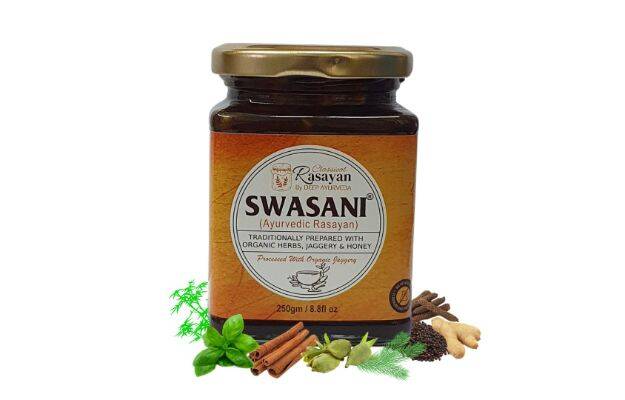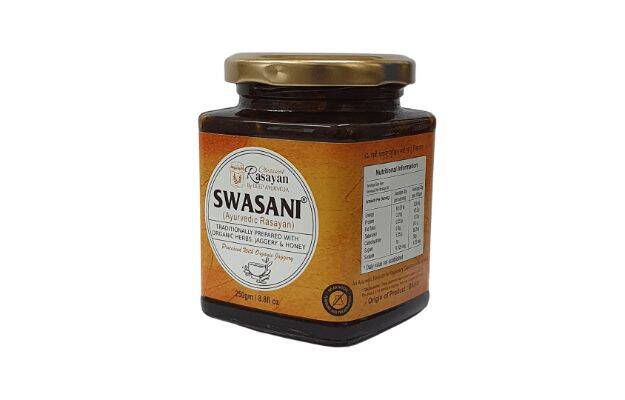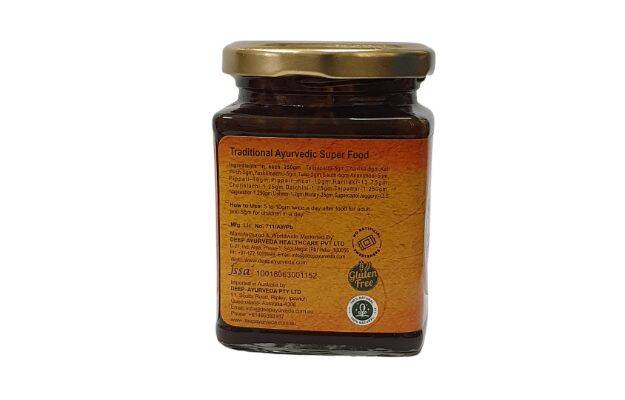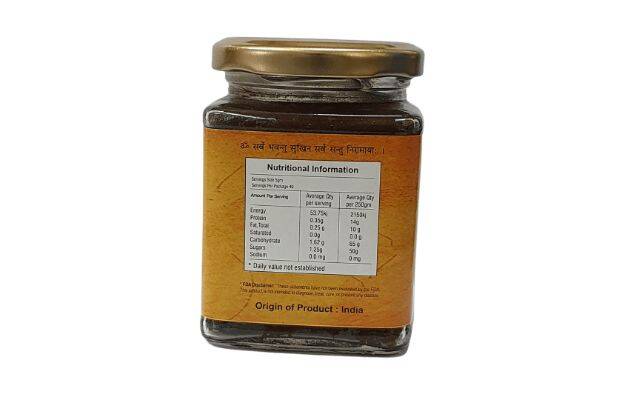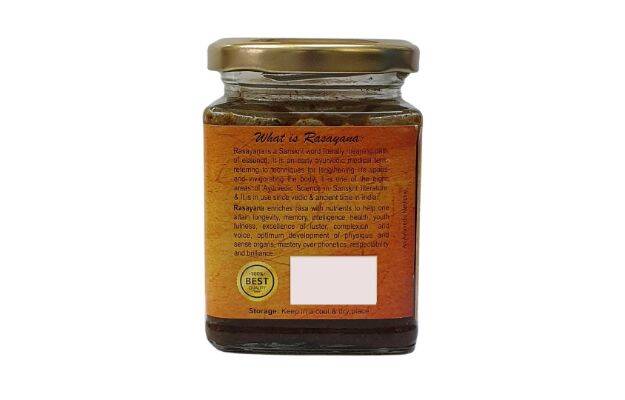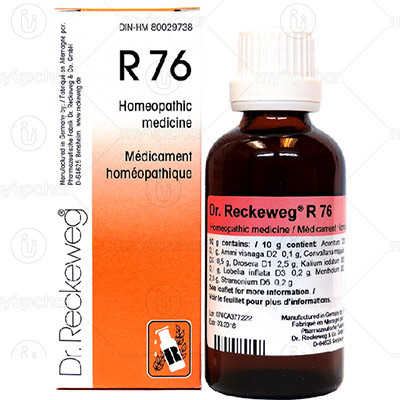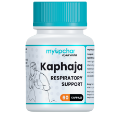|
Ananthamoola
|
-
A substance or drug which is used to bring down body temperature in case of fever.
-
A substance that stimulates the digestive system and is beneficial for improving appetite
-
Substances that improve digestive processes.
-
An agent or medicine that promotes the secretion of phlegm, mucus from the respiratory tract.
-
Drugs that improve liver function and protect it from infections
-
Substances that induces the formation of haemoglobin and RBCs and are used for the treatment of anaemia.
-
Drugs that are effective in killing or reducing the growth of bacteria.
|
|
Black Pepper
|
-
Agents or substances that are used to suppress inflammation (swelling).
-
Agents, which help to reduce oxidative stress, by scavenging free radicals
-
Agents that relieve muscle spasms.
-
Drugs which are used to relieve or treat mental depression.
-
Substances that promotes liver function and prevent liver damage.
-
Substances that can stimulate or reduce the action of immune system molecules in the body.
-
A medicine or an agent which destroyes or suppresses the growth of bacteria.
|
|
Liquorice
|
-
Drugs which aid in swelling reduction following an injury
-
Agents which help in reducing free radical activity and preventing oxidative stress and damage
-
Agents that relieve muscle spasms.
-
Drugs that interferes with and inhibits viral multiplication in body.
-
Substances that form a protective layer over the mucous membrane and relives inflammation.
-
Drugs that are employed for the treatment of a cough
-
Substances that aid in expelling phlegm or mucus from the lungs and airways.
-
Substances that can stimulate or reduce the action of immune system molecules in the body.
-
Agents which are helpful against microbial growth and actions.
|
|
Pippali
|
-
Agents that reduce inflammation or swelling caused due to an injury or infection.
-
A substance that can inhibit the oxidising effect of free radicals in living cells.
-
Substances used for reducing or preventing spasms in voluntry or involuntry muscles.
-
Drugs helpful in the management of depression
-
Drugs helpful in the management of a cough
-
Substances that aid in expelling phlegm or mucus from the lungs and airways.
-
Agents that have a favourable effect on liver function and that mitigate liver damage.
-
Drugs that act on the immune system to modify immune response
-
Medicine or a substance that reduces lipid concentration in the blood which is beneficial in decreasing cholestrol level and preventing heart diseases.
|
|
Ginger
|
-
Agents that reduce inflammation or swelling caused due to an injury or infection.
-
A substance that can inhibit the oxidising effect of free radicals in living cells.
-
Substances used for reducing or preventing spasms in voluntry or involuntry muscles.
-
Drugs helpful in the management of a cough
-
Drugs that improve the secretion of phlegm in the respiratory tract
-
Agents that have an effect on the immune system and help to alter immune function
-
Agents which are helpful against microbial growth and actions.
|
|
Tulsi
|
-
Set of drugs that are used to relieve asthma symptoms.
-
Agents that reduce inflammation or swelling caused due to an injury or infection.
-
Agents that reduce oxidative stress and revert oxidative damage in the body cells.
-
Drugs that interferes with and inhibits viral multiplication in body.
-
Substances that improve digestive processes.
-
An agent or medicine that promotes the secretion of phlegm, mucus from the respiratory tract.
-
Agents that have an effect on the immune system and help to alter immune function
-
A drug or an agent that kills microbes and inhibits their multiplication.
-
Drugs which prevent allergic reactions by controlling the secretion of histamine in the body.
-
Substances used to supress the symptoms of allergy.
|
|
Cardamom
|
-
Substances that are used to reduce pain
-
Agents used for the treatment of fevers.
-
Agents which help in reducing free radical activity and preventing oxidative stress and damage
-
Drugs, which help in reducing muscle pain and spas,
-
A substance that stimulates the digestive system and is beneficial for improving appetite
-
Drugs helpful in the management of a cough
-
Drugs that improve the secretion of phlegm in the respiratory tract
-
Agents that help in improving the pH levels of the stomach.
-
Agents which are helpful against microbial growth and actions.
|
|
Talispatra
|
-
Drugs which are used for the control of pain and do not lead to loss of consciousness
-
Drugs which lower body temperature and are used during a fever
-
A drug or an agent that kills microbes and inhibits their multiplication.
|
|
Tejpatta
|
-
Drugs which help to regulate blood sugar levels
-
Drugs that kill or arrest the growth of bacteria.
-
Drugs which reduce lipid and cholesterol levels in the body and are helpful in the management of cardiac disorders.
|
X

